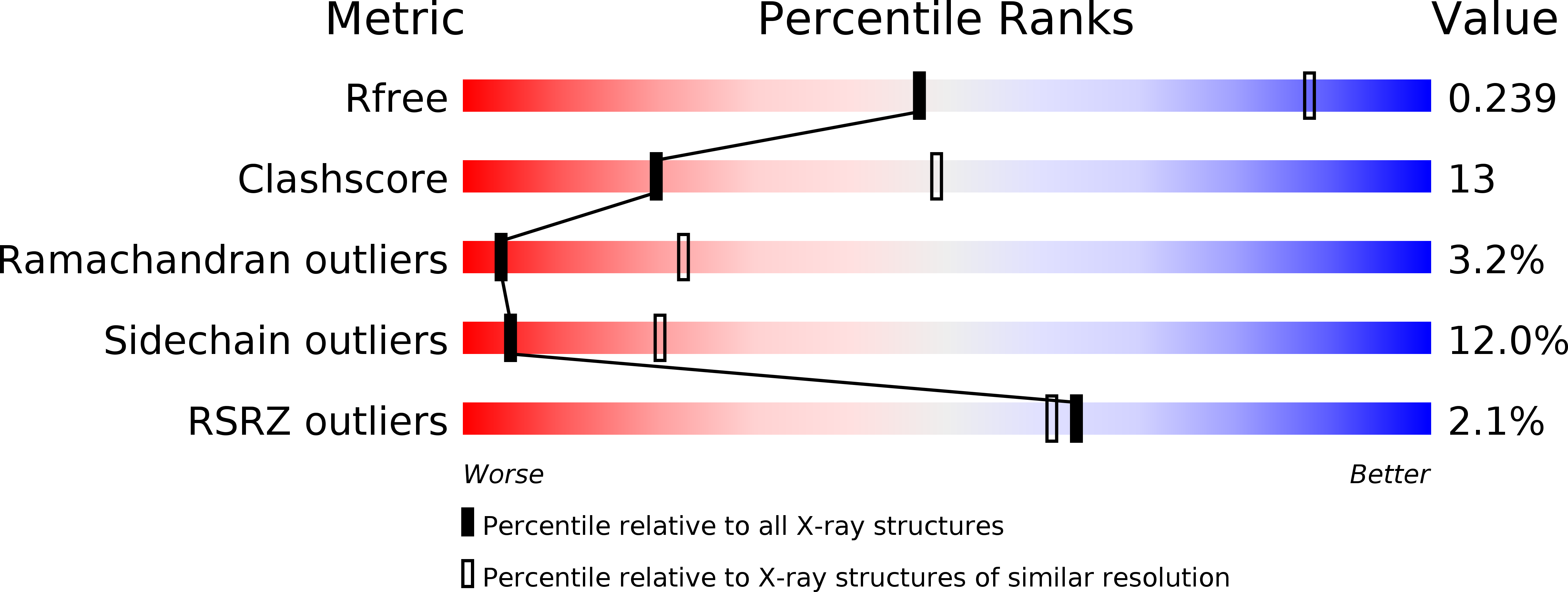
Deposition Date
2010-02-10
Release Date
2010-04-14
Last Version Date
2024-11-06
Method Details:
Experimental Method:
Resolution:
3.25 Å
R-Value Free:
0.25
R-Value Work:
0.21
R-Value Observed:
0.21
Space Group:
P 31 2 1


